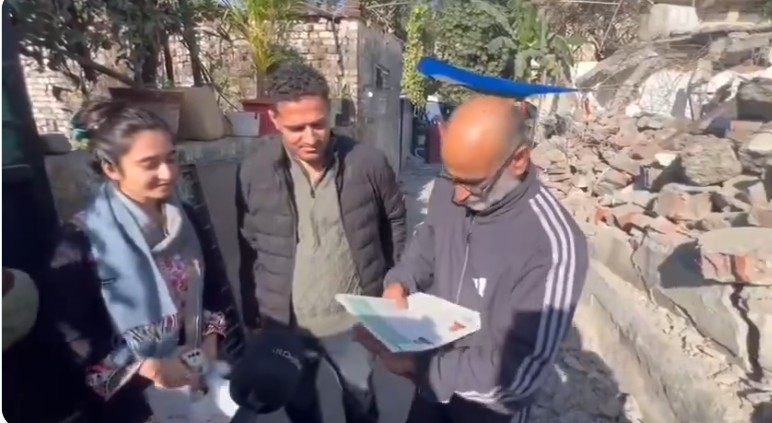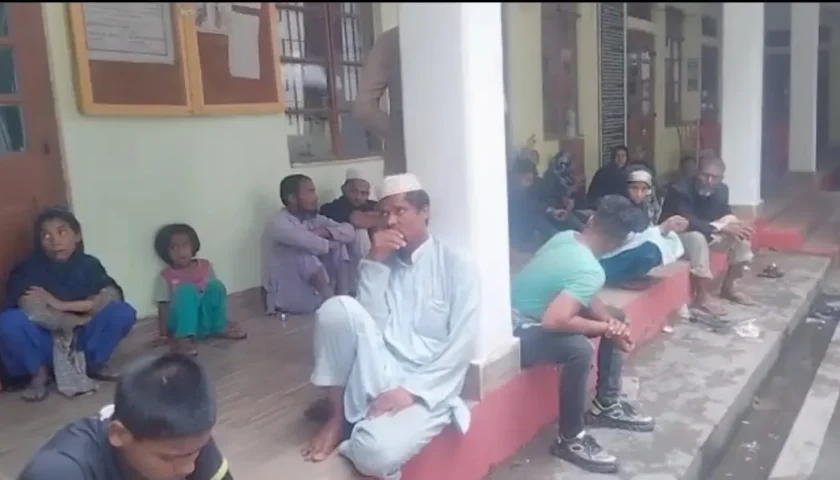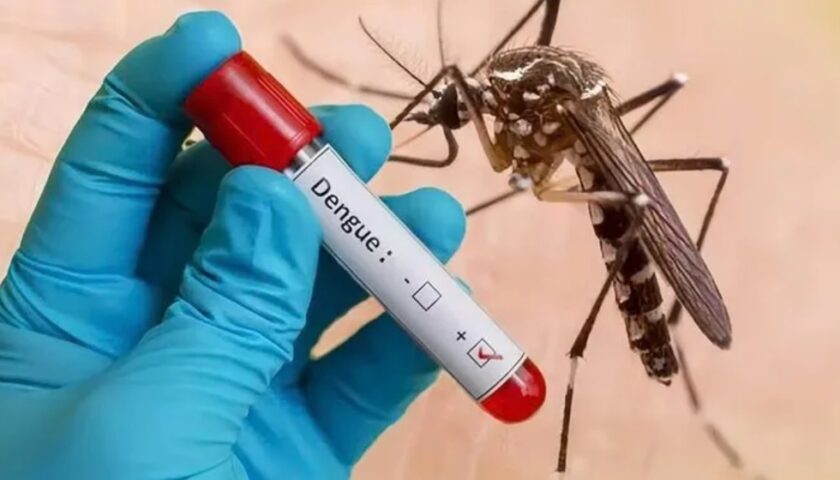Demand may double by 2024, but no back-up plan in place; PHE Dept expresses inability to fulfil need
 If your tap has been running dry lately, brace yourself for worse times ahead. The Public Health Engineering (PHE) Department has expressed its inability to meet the drinking water demand of a projected population of 20 lakh by 2024.
If your tap has been running dry lately, brace yourself for worse times ahead. The Public Health Engineering (PHE) Department has expressed its inability to meet the drinking water demand of a projected population of 20 lakh by 2024.
With no alternative source and Tawi, the only natural source flowing through the winter capital being exploited ruthlessly, the city is heading for terrifying times. Its population is expected to reach 20 lakh by 2024 and 30 lakh by 2030.
A total of 15 lakh people reside in the city at present. They face scarcity of drinking water everyday despite nearly 250 heavy duty tubewells dug since 2005 to meet the rising demand.
Official sources say the PHE Department has asked the government to speed up the Chenab diversion project lest there is public disorder. It says there will not be enough water to meet future requirements and infrastructure is already under great strain.
The Chenab diversion project was abandoned after the Asian Development Bank rejected the plan submitted by the National Conference-Congress government in 2014 as it had not conducted an environmental impact study.
Announced in 2007, 450 million litres per day of water was to be lifted from the Chenab near Ranjan lift station at Akhnoor, around 30 km from the city, at a cost of Rs 1,000 crore.
The daily potable water requirement of Jammu is 47 million gallons per day (MGD) while supply is close to 45 MGD. The city faces 2 MGD of water shortage. The gap is likely to widen as the population is growing at a fast pace.
“We do not have any back-up plan for now. About 25 MGD water is lifted from the Tawi everyday, but pollution is making things difficult. Underground resources are under great strain. The Chenab is the only source to save future generations,” said a senior official in the PHE Department.
“The city is already facing water scarcity, but no long-term plan has been made to meet future demands. Water diversion is the only solution, but successive governments have ignored the project,” said Capt Anil Gour, chairman of ASHA, an NGO.
Jammu city got organised water supply in 1934 when Maharaja Hari Singh got the first water treatment plant built at Panjtirthi. The first tubewell to augment supply was drilled at Partap Bagh near the Tawi in 1956. Expansion of the city had led to over-exploitation of both underground and overground resources.
Accepting that the Tawi would not be able to meet the demands of the city in coming years, RK Gandotra, Chief Engineer, PHE, said, “The Chenab project is being reviewed and a new detailed report will be sent to the Centre. It is a big project and needs a detailed study, but we are facing some problem at the moment.”
The consultants who conducted the geo-technical feasibility study for the Chenab diversion project had expressed their concern over the landscape of the area through which water pipes were to be laid to lift water from the Ranjan lift station and over its transportation in pipes and an open channel till Muthi.
The first phase of the project was expected to be made operational by 2015, but due to the delays, the Tawi continued as the only source to quench the thirst of Jammu residents.
Acute shortage ahead
The demand is expected to double by 2024 and cross the 100 MGD (million gallons per day) mark by 2030. Areas like Roop Nagar, Janipur, Indira Colony, Buta Nagar, Naseeb Nagar, Ploura, Durga Nagar, Muthi, Ban Talab, New Plots, Sainik Colony, Bathindi, Sunjwan, Narwal and Greater Kailash are reeling under severe water shortage. Even the old city has been feeling the pinch in recent years. Many areas have been getting water supply for only one hour on alternate days.



